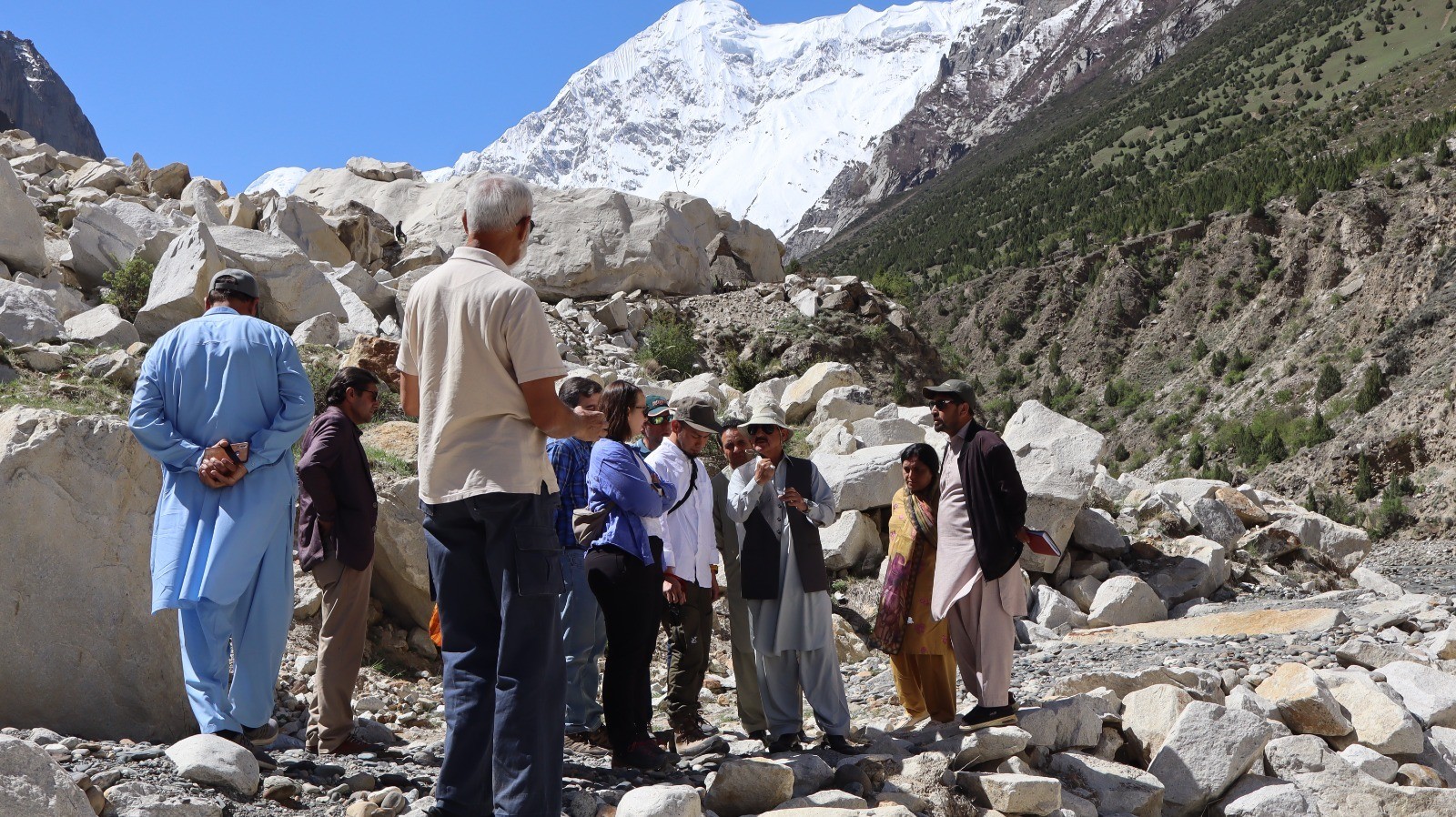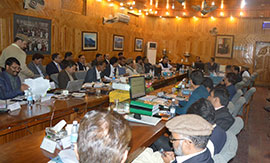
Livelihoods Enhancement And Protection
AKRSP implemented Livelihood Employment & Enterprise development project (LEED), funded by Pakistan Poverty Alleviation Fund (PPAF) for the period of April 1st 2012 to August 2014, including 5 months no cost extension period. The overall objective of the project was to enhance and sustain the livelihoods and well-being of poor and vulnerable communities in target areas through provision of assets, resources, support and marketable skills to ultra-poor households. A broader objective was to test targeted interventions in the economic sector to increase purchasing capacity of poorest households for social sector services and basic needs. The experience of AKRSP suggests that the poorest and most marginalized families within a community often tend to be excluded from the development process, including the bulk of financial services designed for poorest groups. The poorest in GBC essentially fall into three categories: a) people who live in spatial poverty traps, b) social poverty traps and, c) personal poverty traps, each requiring a different approach. The poor in the first category are those living in remote and isolated valleys, at altitudes between 1,200 m and 3,000 m, depending entirely on natural resources for their livelihoods, and often growing just one crop, which is also often risky. The second group includes households with very little land resources and other assets; those with large families with no education and skills, divorced women with no children and hence no claim to assets; indebted families and women headed households, etc. The third group includes people with physical and mental disabilities, and socially excluded individuals owing to a variety of stigmas.
Funded by: Pakistan Poverty Alleviation Fund (PPAF)
Project Duration: 2 Years (April 2012 – June 2016)
Geographic Focus: District Skardu, Ghizer and Chitral
Goal:
To reduce inter valleys depravities in terms of economic opportunities and address ultra-poverty in the region
Objectives
Key Targets
- Identify the poor households through wealth ranking exercise in GBC
- Reach out to 5,277 poor and vulnerable families
- Construct productive physical infrastructure projects for poor households






